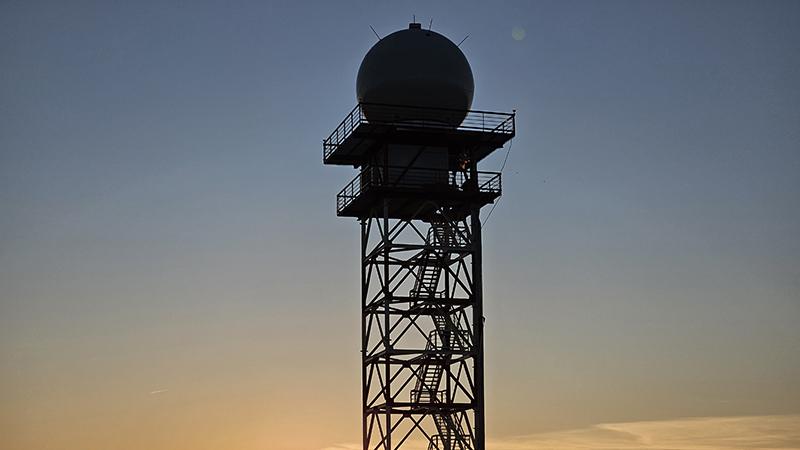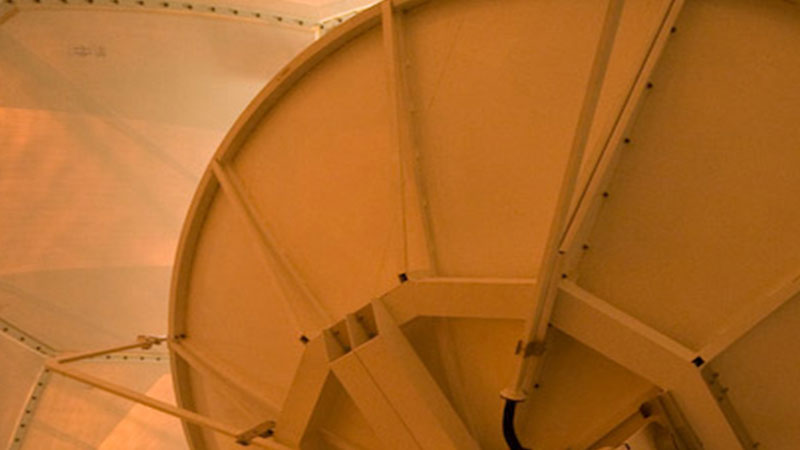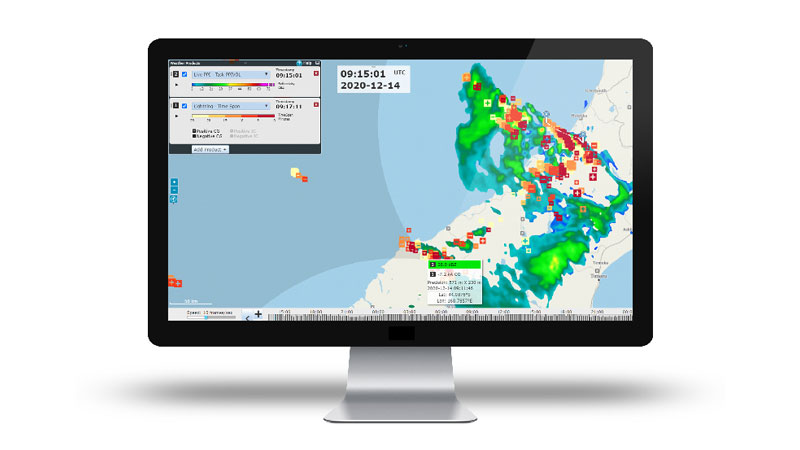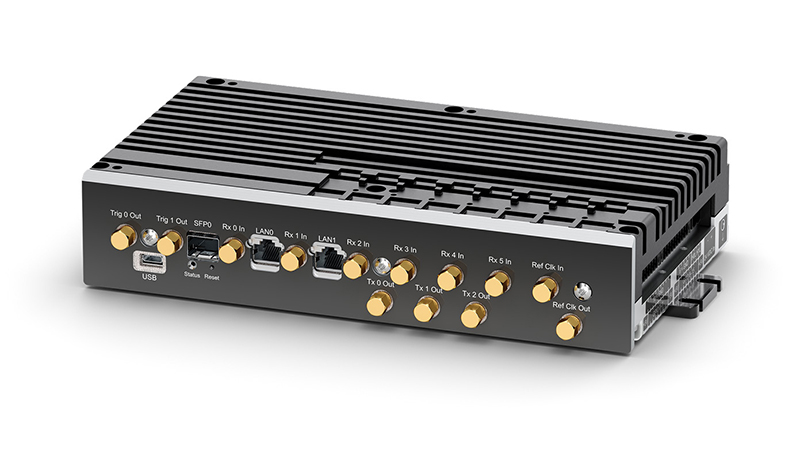Upgrading Spain’s weather radar network for weather resilience
Customer: The State Meteorological Agency (AEMET)
Products: 18 x WRM200 C-band Weather Radar, Vaisala IRIS Focus Remote Sensing Software, Digital Receiver and Signal Processor RVP10
Spain, a country known for its diverse and often severe weather patterns, is taking significant steps to enhance its weather resilience. The State Meteorological Agency (AEMET) has embarked on an ambitious project to upgrade its weather radar network to improve weather forecasting and climate monitoring across the nation.
To gain deeper insights into this project, we interviewed José Luis Cervantes, the Head of the Department of Infrastructure and Observation Systems at AEMET.
What led you to upgrade your weather radar network?
Spain is a very interesting country in the sense that we have very extreme weather events. For example, this week in the Mediterranean area, we had floods in some cities. We need to keep up with these extreme events, which, according to the climate change modelling, seem to worsen in the future.
The most important thing about the technology is that our current radars don't have dual polarization capabilities. But also, we had a lack of coverage in the radar network.
How do you envision advanced radar technology addressing those issues?
What we expect not only from Vaisala, but from this technology, is to have the capability of dual polarization technology, and to increase our coverage. Also, we are very interested in the capabilities that the Vaisala system has to control and monitor the quality of our radar data, and also the savings in maintenance.
My vision is that when we finish this project, we will have in Spain a 21st-century technology. We hope to become in Spain again the global reference in radar technology with the hand of Vaisala.
What benefits are you expecting from the new radars?
We can say that Spain is the desert country in Europe. So, it's also very important for the water resource services to control the water resources in the country. And nowadays, radar technology is not used as a common way to control and manage the water resources.
I think it's very important to have a very detailed knowledge of the precipitation, not only in real time, but also recorded along a long period, so that we can provide better quality services in observing, in nowcasting, and also in forecasting, and provide to Spanish society and also to all of Europe the best weather radar network, at least in the in the continent.



